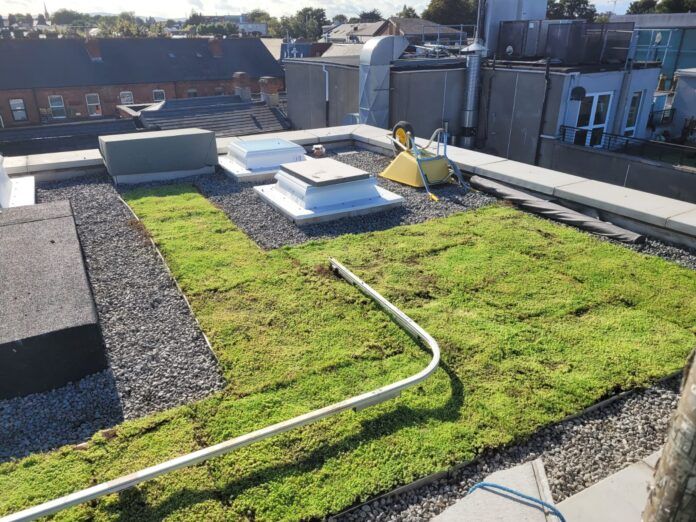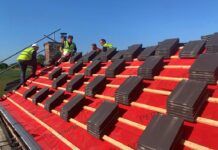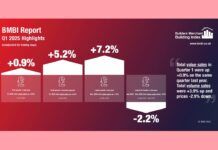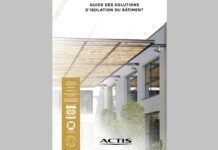The impending implementation of Schedule 3 from the Flood and Water Management Act signals a major change for the roofing industry and the application of sustainable drainage systems (SuDS). Here, Kevin Bohea, managing director at ACO Building Drainage, discusses the role SuDS is already playing and how contractors can prepare now for the roofing industry’s future.
New rules for roofers
It will soon be mandatory to incorporate SuDS into new construction projects according to rules set out in Schedule 3 of the Flood and Water Management Act 2010. The incoming rules are expected to impact both new developments and renovation work on multiple dwelling units or properties over 100 square metres. The change is only applicable to England as Schedule 3 is already live in Wales.
The role of SuDS
One impact of Schedule 3 is that there will no longer be an automatic right to connect to public sewers. Before permission is given, SuDS must be in place and approved by the SuDS Approval Body (SAB), which ensures drainage proposals meet the standards created by the Department for Environment, Food and Rural Affairs (Defra).
The future for roofing contractors
It is expected that there will be an increase in the call for blue and green roofs. As SuDS solutions, they create attenuation and help slow the flow of rainwater for many dense urban drainage projects therefore many roofing contractors may well be familiar with them already.
In urban areas, the increasing need for SuDS solutions is already clear: in any redevelopment in highly urbanised areas, the developer will have to show how the scheme will be implementing SuDS. One of the major challenges for contractors will be projects where there isn’t room for a surface-level or underground SuDS solution; cases such as these are likely where demand for blue and green roofs will see the greatest increase.
Roofing professionals who familiarise themselves with how blue roofs can be applied to urban environments will be best placed to incorporate these solutions into their own offerings.
Real-life application
As an example of the successes possible with blue green roof applications, a property in Dublin was to have a blue green roof installed to comply with local planning policies. The contractors on the project consulted with ACO and we were able to provide hydraulic calculations and design a bespoke solution for the project, ensuring compliance with regulations.
It was important that the design considered the potential for extreme weather events. To do this, the designs incorporated ACO RoofBloxx to provide a storage capacity for 3.77m³ of stormwater while allowing for the safe and controlled discharge of water to the perimeter of the building.
Thanks to the installation of the blue green roof, the contractors provided not only a sustainable drainage solution, but also enhanced the building’s cooling capability and contributed to biodiversity and a reduction in CO2.
What comes next?
Contractors can take steps today to prepare for Schedule 3 and the associated SuDS requirements. With the new rules expected to have a significant impact on many roofers’ day-to-day activities, it’s important to get ready now so the changes don’t disrupt the ability to provide high quality work that meets all relevant building regulations.
Gaining familiarity with blue and green roof solutions, such as the solutions in ACO’s portfolio, will also stand contractors in good stead. It will enable them to take advantage of the growing number of blue and green roof projects that will be available once Schedule 3 becomes a higher priority for many developments and renovations.




